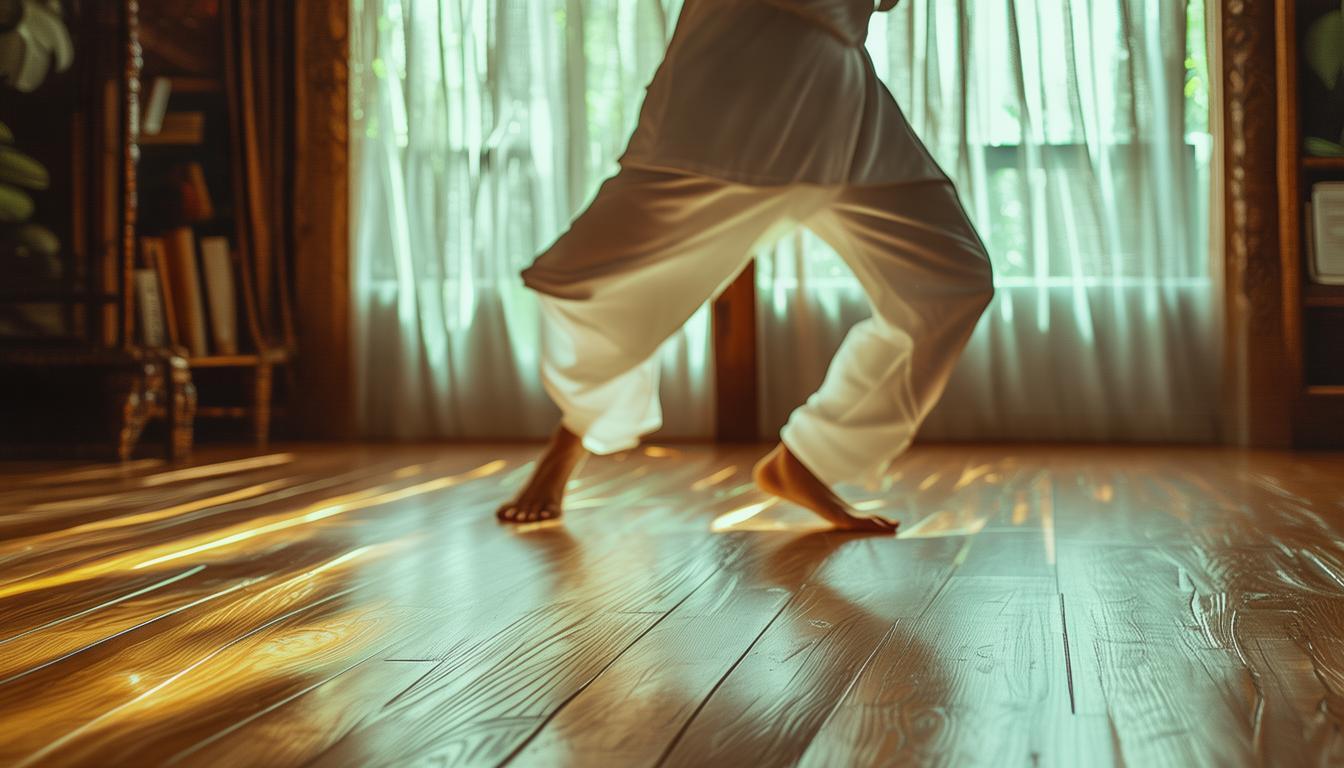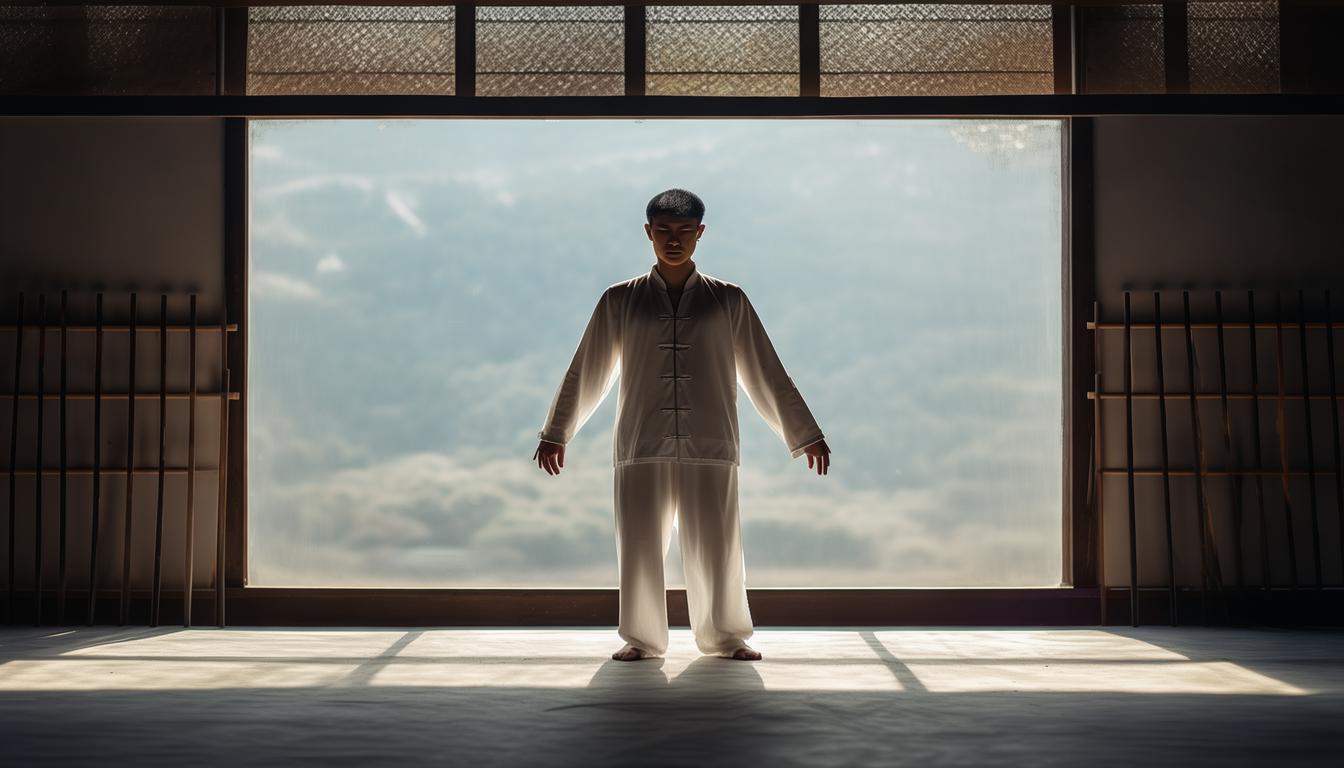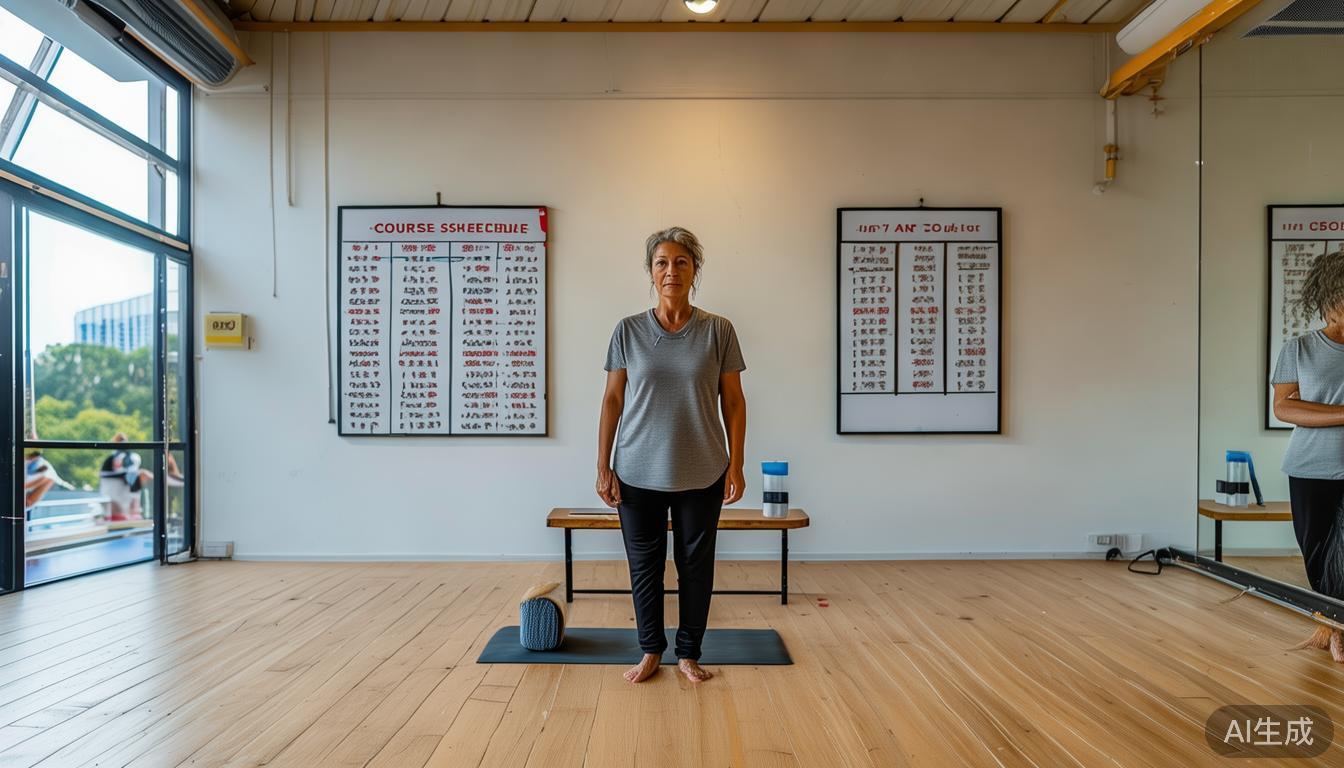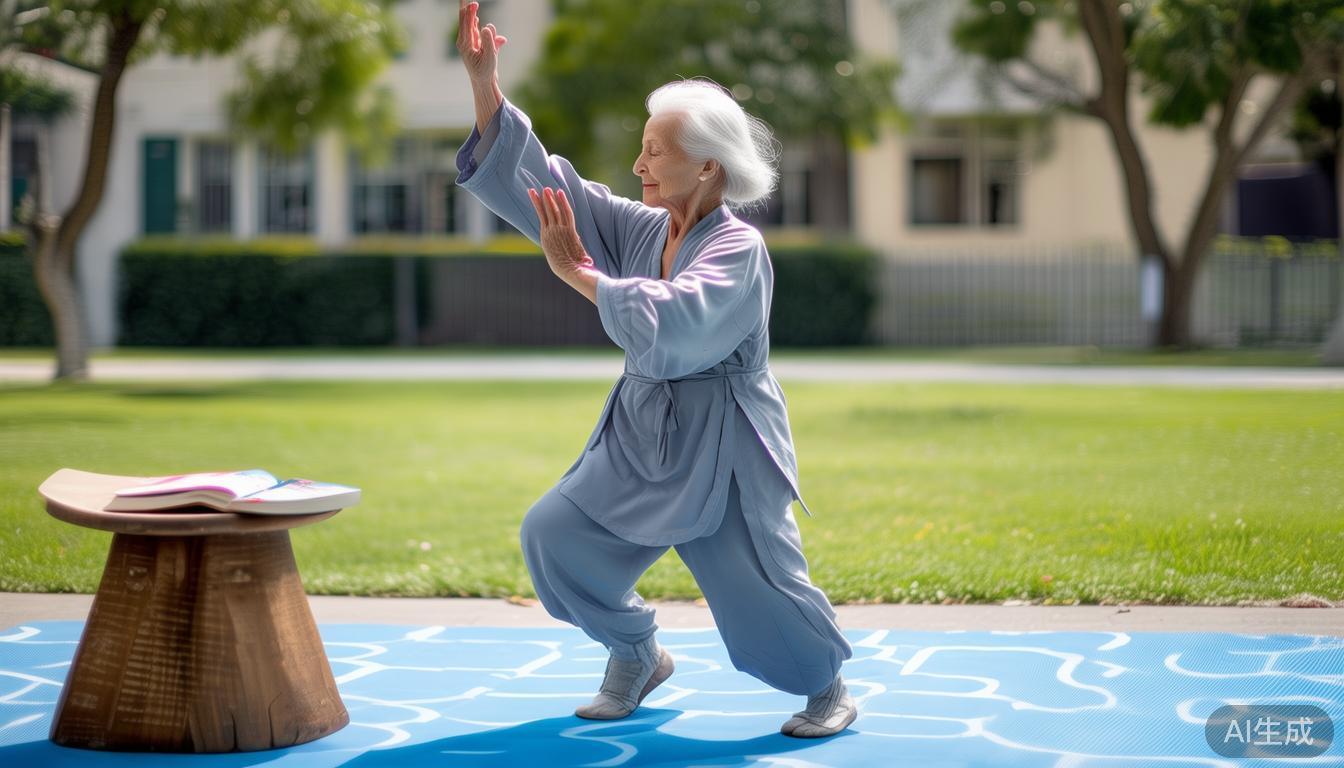Tai Chi is a treasure in traditional Chinese martial arts. It is famous for its soothing, gentle and flexible movements, and contains rich philosophical thoughts and fitness wisdom. During the exercise, every step and every move is rich in profound meaning. Through this practice, people can not only strengthen their physical fitness, but also understand the essence of yin and yang balance in the alternation of movement and stillness. Now, I will discuss this topic in depth with you.
Body strengthening effects
The practice of Tai Chi is very beneficial to physical health. It has gentle movements, no rush or impatience, so that all parts of the body can be fully exercised and exercised. From the neck to the waist, to the limbs, every joint can be stretched in Tai Chi practice. Persisting in practice for a long time can not only enhance the body's flexibility, but also improve blood circulation, improve immunity, and reduce the risk of illness. Many practitioners reported that after a period of exercise, the original pain in the neck, shoulder, waist and legs were all alleviated.
The routines of Tai Chi emphasize the coordination between breathing and movements. When practicing, use deep, long, thin and even breathing methods, which not only helps regulate breathing functions, but also enhances the capacity of the lungs. Tai Chi practice has a significant improvement effect on the problem of insufficient cardiopulmonary function faced by many people now. In addition, in many rehabilitation centers, Tai Chi is often used as an auxiliary exercise method to help patients recover their health.
Cultural Philosophy Connotation
The moves of Tai Chi contain profound Chinese traditional culture and philosophical wisdom. Its foundation lies in the theory of Yin and Yang. Each move and every move vividly reflects the mutual transformation and balance between Yin and Yang. For example, the hardness, softness, virtuality, and opening and closing in the action are all vivid portrayals of the unity of yin and yang. During the practice, practitioners can constantly experience the subtle changes in yin and yang, and then understand the relativity and contradictions of things more deeply.

It adopts the Taoist way of adapting to nature, while absorbing the Confucian concept of moderate balance. Every action pursues the right level, neither radical nor biased, and strives to achieve a natural state of balance and harmony. This is not only a martial arts technique, but also a reflection of attitude towards life. In a busy modern society, by practicing Tai Chi Courses Online , we can learn to find balance in trouble and maintain inner peace.
Features of moves
The Tai Chi moves are very charming, and the movements are completed in one go, like clouds rolling, and like ink and paintings that appear on the paper. Each move has its own exclusive name and profound connotation, such as "White Crane Brightening Wings" and "Wild Horse Split Mane", which are not only poetic, but also vividly outline the posture of the movement.
The moves of Tai Chi seem simple, but in fact they contain profound martial arts wisdom. Each move has both offense and defense. When practicing, you must closely combine this meaning and movement to understand its essence. For example, "Lang Bird Tail", this trick combines four techniques such as shed, lu, shui and rush. Learners need to constantly think and operate in order to understand its subtlety.
Genre style differences
There are many schools of Tai Chi, such as Chen, Yang, Wu, Wu, Sun, etc. Each school has its own unique style and characteristics. Chen-style Tai Chi is strong and soft, with a large movement and strong explosive power; Yang-style Tai Chi is gentle and has broad and generous posture; Wu-style Tai Chi is small and compact, and is good at using inch strength; Wu-style Tai Chi is compact, with flexible steps and light posture; Sun-style Tai Chi follows closely when marching, and resolutely retreats when retreating, with standardized and rigorous opening and closing movements.

The various schools of Tai Chi have their own characteristics in terms of movement and expression, but the core ideas and basic rules they adhere to are the same. According to each person's physical condition, interests and learning desires, practitioners can choose the genre that best meets their needs for practice. For example, those who are flexible in their bodies and like to burst out their strength may prefer Chen-style Tai Chi; and for those who pursue physical and mental balance and prefer physical and soothing movements, Yang-style Tai Chi may be more suitable.
Current status of inheritance and development
Tai Chi routines have been widely spread and improved around the world. More and more people are beginning to know and fall in love with this skill, and many schools and communities have opened teaching classes for Tai Chi. Foreign, Tai Chi has also been loved by many foreign friends and has become a highlight of the Chinese culture.
The inheritance of Tai Chi faces many difficulties. On the one hand, young people's interest in traditional culture is weakening, and fewer and fewer people are willing to devote themselves to the study and inheritance of Tai Chi. On the other hand, under the impact of commercialization, the teaching quality of Tai Chi is uneven. In view of this, we must take effective measures to protect and inherit this precious cultural heritage and make Tai Chi shine again in the new era.
Dear friends, have you tried Tai Chi? I'd love to hear your feelings in the comment section. If this article inspires you, don’t forget to like and support it and share it with more people!





